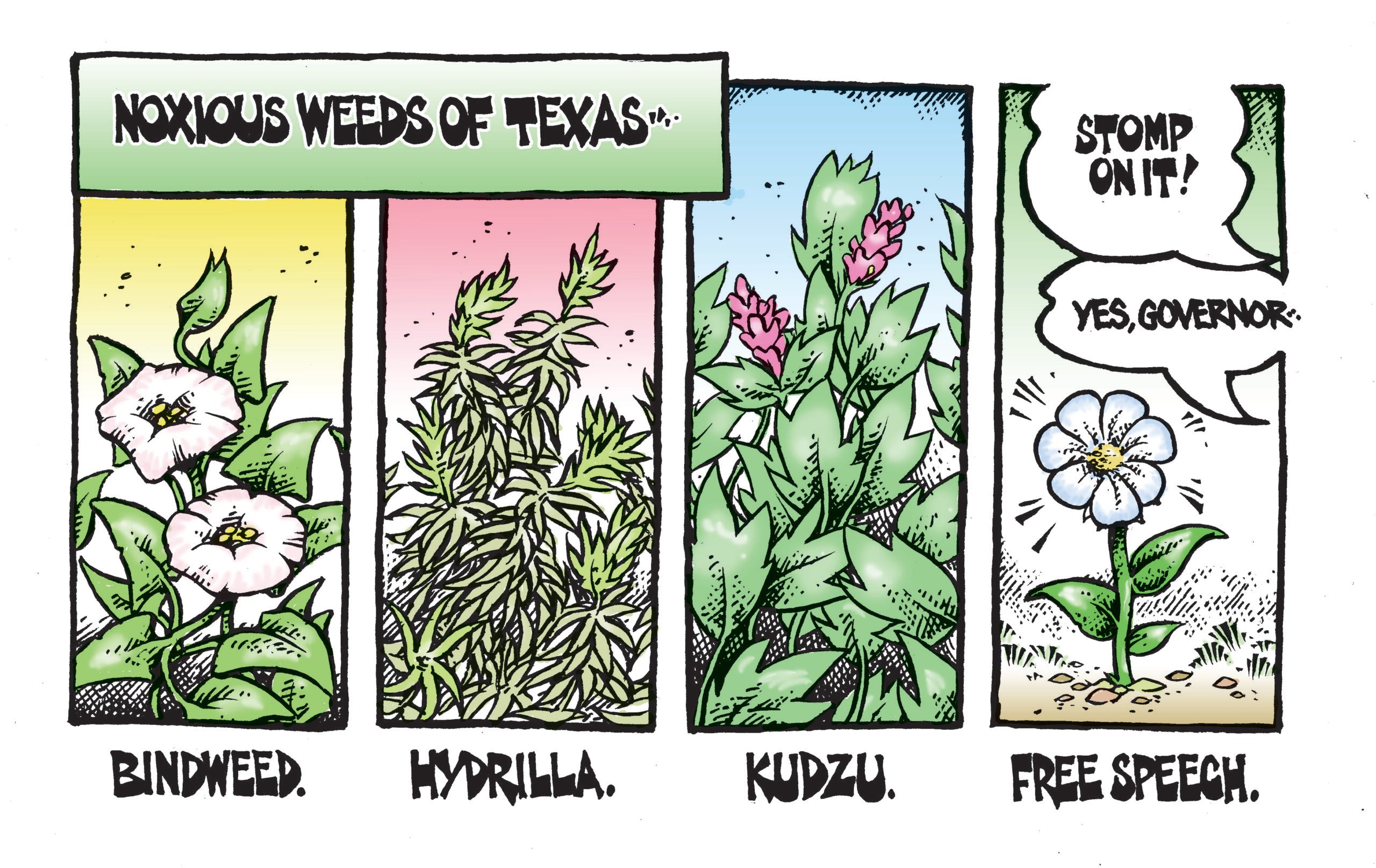ustxtxb_obs_1962_08_31_50_00008-00000_000.pdf
Page 1
as well as Texas. He is one of the few men with guts enough to approach a Wild well at close range and assess the situation, and one of the even fewer number of men who can put out a well once he gets there. A typical example of his courage took place a few years back when a well blew out in a field south of Jennings, Louisiana, near a rig I was working on. The noise of the escaping gas was clearly audible in town seven miles away. The well, however, had not caught on fire. Thus there was a danger of gas accumulating and being sparked off by a car engine one the nearby highway, or more probably by a rock shooting out of the hole, striking the steel derrick, and igniting. State troopers roped off the highway nearest the well, and no one was allowed within a mile radius. Even at that distance, though, the noise was thunderous, and gas permeated the air. ADAIR was flown in the same day and began his work. He and his handful of assistants walked alone across the field to the rig, protected primarily by plugs of cotton in their ears. I watched open-mouthed with the rest of the Walter Mittys in the crowd as the well fighters ambled around nonchalantly on the derrick floor and sized things up. Then, like the faithful country doctor having finished a diagnosis, they walked casually back out of the periphery of danger. Diagnosis and prescription were apparently successful. In less than a week, the well was subdued and work continued as before. In a month, no doubt, the roughnecks were back to their old tricks of telling incredible yarns, devouring acrid pots of boiling coffee, and sneaking in a hand of poker in the slow hours before dawn. Anything, you might say, to break the montony. Twice The Rate WASHINGTON Murders in Texas increased almost twice as much as the national rate during the first half of 1962 compared to the same period in 1961, a report from the FBI shows. Twelve Texas cities of more than 109,000 population were included in the study. Homicides rose four percent in the nation during the period. In Texas the increase was 7.2 percent. The state showed a three percent decrease in aggravated assault and 1.5 percent in rape cases. NIGHT IN THE OIL PATCH Hot Coffee, Dog House Poker, Explosions We continue with the second installment of associate editor Chandler Davidson’s life and times on the oil rig.Ed. AUSTIN Sometimes working on an oil rig can be sheer boredom. Day in and day out the routine is unchanged. If yoh work morning tour-11 p.m. to 7 a.m.you drive out to work in a car with the rest of your crew after the sun has set. As you approach the rig from the distance you can see the derrick lights rising in a line above the earth like luminous needles. At close range you can hear the steady throb of the mud pumps and see the kelly spinning, pushing the bit down into the earth’s crust thousands of feet below the surface. The car stops, and you get out and go to the dog house, where you change from your street clothes into your mud-splattered overalls and your “pot,” or steel helmet. You’re still not quite signed that you have to go to work, and you wish mightily you were a member of the crew you are relieving, wl ; is only an hour or less away from family and bed. You walk up on the derrick floor and swap a few jokes with the evening.crew. You pour yourself a cup of strong black coffee the fireman has just made on the boilers, which lilts the top of your head slightly and renders more acceptable the idea of spending the night on the rig. The evening driller gives the brake over to the morning one; the evening crew descendS to the dog house, and in minutes disappear over a ridge in their car, headed for town. The tour has begun. IF THE DRILLING is steady and slow, and there isn’t any special chore to be done, like cleaning the substructure or unloading drill pipe or repairing mud pumps, there is a chance that the driller will let you stay up on the derrick floor and swap yarns and drink coffee. Oralthough you would never ask permissionhe may not object to your finding a sleeping place hidden safely beyond the nocturnal wanderings of the toolpusher. Finally, if drilling is exceptionally slow, he will let you take the brake while he and your cohorts go down to the dog house and play poker. So the night passes. The stars wheel westward. An occasional animal or snake wanders onto the location. A fresh pot of coffee is made. And after an interminable while, there is a miraculous palor in the east. The tour is waning. Breakfast and bed are not far off. You stir yourself, and in a mood to work, you are quite able to cover yourself with sweat and dust testimony of a hard night’s labor by the time the tool pusher awakes and comes up on the derrick floor. AND SUDDENLY one night, in between sips of coffee or a hand of poker, the earth may literally blow up beneath you. For even in these days of advanced technology, when millions of dollars a year are spent in drilling-technique research, the dangers involved in hitting a high pressure gas zone are great. A wild well can be a crippling liability to the big companies. It can ruin an independent. Here is how it might happen: Usually, the driller on the derrick floor notices a “drilling break,” or increase in the drilling rate. If a high pressure sand is expected, he may have orders to “circulate out”: he immediately stops drilling, pulls the bit off THE TEXAS OBSERVER Page 8 August 31, 1962 bottom, and the mud at the bottom of the hole is pumped to the surface, which may require two hours or more, coming up from quite a depth. When the mud reaches the surface, it is easy to tell if the bit has eaten into a high pressure zone. For the gas will have decreased the mud’s weight, which can have disastrous effects. One of the purposes of employing drilling mud is to keit, a high pressure gas from coming back up the hole. A column of mud 15,000 feet deep which weighs 17 pounds a gallon may be necessary to hold a gas down. NOW SAY that the driller, in stead of pulling the bit off bottom and circulating the mud out of the hole, keeps on drilling, and eats 30 feet into the . gas sand. He can be in real trouble. Where only a few bubbles of gas would have escaped out of the sand into the drilling mud if he had stopped drilling immediately, thousands of bubbles can escape into the mud if he drills, say, 30 feet into the high pressure sand. And these tiny gas bubbles are, at 15,000 feet, under a tremendous pressure. As the drilling mud carries them upward, the pressure is naturally less and the bubbles expand. Before long they are pushing the mud ahead of them up the hole, and moving faster toward the surface as they expand. The weight of the mud decreases rapidly, and as it does so, there is less pressure on the gas at the bottom of the hole. In a matter of minutes the driller can have a blowout on his hands. When a drilling break occurs, the derrick man begins to keep an extra close check on the mud, weighing it every few minutes. For an hour or so, nothing happens. The rotary idles, the bit is off bottom. Perhaps the pusher will have been called. Then, the derrick man weighs the mud again, and he notices that the latest cup of mud is .6 of a pound lighter per gallon than the last one. He weighs it again imm-d . ately to be sure he didn’t make a mistake. No. It is now .7 pounds lighter. He walks hurriedly up to the derrick floor to tell the driller. If the latter hasn’t called the pusher yet, he sends a roughneck after him now. “Keep weighing the mud,” he tells the derrickman, who scurries back to the shaleshaker. BY THE TIME the pusher can get up on the derrick floor five minutes later, the mud weight has dropped two pounds. There is the faint odor of gas at the shaleshaker, where the mud comes off bottom and spills back into the pits. “Start building up the weight,” the pusher tells the driller. “They’re already doing it,” he replies. The roughnecks have begun ripping open the sacks o f weight material, such as barite, and: pouring it into the centrifuge which mixes it into the mud being pumped down the hole. If anyone has been smoking, he extinguishes his cigarette. The odor of gas is present on the del’rick floor. The pusher looks down at the derrickman weighing the mud, who indicates with his fingers that the mud is down four pounds a gallon. Then he points to something in the substance beneath the floor. The pusher walks down the ladder and looks. There is an ominous burping sound and a huge surge of mud corn-es boiling over the edge of the bell nipple. Gas is beginning to make the mud “kick.” The pusher climbs back up to the floor. “Tell the roughnecks to throw on the preventers,” he shouts. The driller runs back to the centrifuge and gives the orders. The roughnecks drop their sacks, run to the substructure, and begin turning the huge wheels of the blowout preventers which clamp against the drillpipe and keep it from blowing out of the hole. By now monstrous fountains of mud are shooting from the bell nipple onto the derrick floor. They make a deep, belching sound. Each geyser is higher than the last. BEFORE THE PREVENTERS can be closed a large red flame rises from the direction of the shaleshaker. A spark from an unenclosed motor has ignited the gas. In the substructure, the roughnecks panic and run, leaving the preventers still open. On the derrick floor, the pusher sees the flame. The derrick man is running now, out toward the open field. The hydril, another preventive mechanism, won’t work. A geyser of mud shoots up, ten feet over the driller’s head, covering everything. The driller and the pusher look at each other. Suddenly, over the sound of the machinery, there is another noise, deep and prolonged, earth-trembling. The driller bolts for the ladder, and the pusher scrambles after him. The roughnecks are now a good distance from the rig and still running, not turning back. The pusher and the driller hit the ground and begin to run too. Behind them the fire which had been confined to the area of the shaleshaker ignites the gas on the derrick noon In an instant the entire derrick is enveloped in flames. As the men continue to run, an unbelievable noise explodes in their ears. The hole has been emptied of drilling mud, and the gas is on the loose, shooting hundreds of feet high into the air in a straight red flame. Thousands of dollars worth of rig equipment meltS or explodes. in a matter of minutes. If the men are lucky, they are out of the area of the most intense heat and on their way to safety. If they have hesitated a moment longer, in some last desperate hope that the gas can be kept under control, they may pay dearly. IN THE WORST CASES, the I well “craters.” The area around the rig is fissured with esc.aping gas and suddenly collapses, swallowing cars, trucks, the derrick, and all. It is a fiery death more s -‘e”tacular than the fall of the House of Usher. The well has gone wild. but far from being over, the trouble has just begun. When a gas main bursts, you can’t just shrug your shoulders and hope it will burn out. The wasteful depletion of an entire gas field would be unconscionable, and might take years. It would also be highly unprofitable. But there are even more pressing problems. A fire in a forest or densely pollinated area presents immediate dangers. Too, there are cases when a wild well blows a stream of salt water out the derrick crown, which the wind will spread over miles of farmland, causing damage suits against the operator for millions of dollars. I once saw a well go wild which cut through a shallow water table. In a few hours all the water wells on adjacent farms were turned into minature blowouts, each spewing high pressure gas from the main well. Again, modern technology is well nigh helpless in such a circumstance. The solution rests in the hands of men such as Texas’ Red Adair, the world’s foremost wild well fighter. Adair is a living legend in the oil fieldsand the term “oil fields” here includes those in Arabia, Canada, Sumatra, or California, LITTLE, a boy, one year of age. That the plaintiff and defendant own no community property. Plaintiff prays for judgment dissolving said marriage; that the plaintiff have the care, custody, control, and education of the said child, and that a proper and suitable provision be made for his support and maintenance until he reaches the age of eighteen years; and for such other and further relief as the Court shall deem proper to grant. All of which more fully appears from PLAINTIFF’S ORIGINAL PETITION on file in this office and which reference is here made for all intents and purposes. If this sitation is not served within 90 days after date of its issuance, it shall be , returned unserved. WITNESS, 0, T. MARTIN JR., Clerk of the District Courts of Travis County, Texas. Issued and given under my hand and seal of said Court at office in the City of Austin, this the 16th day of August, 1962. 0. T. MARTIN, JR. Clerk of the District Courts, Travis County, Texas By: JOHN DICKSON, Deputy in the City of Austin, Travis County, Texas, at or before 10 o’clock A.M. of the first Monday after the expiration of 42 days from the date of issuance hereof; that is to say, at or before, 10 o’clock A.M. of Monday the 8th day of October, 1962, and answer the petition of plaintiff in Cause Number 127,273, in which Tennie Bell Griggs is plaintiff and Richard Edward Griggs is defendant, filed in said Court on the 11th day of July, 1962, and the nature of which said suit is as follows: Being an action and prayer for judgment in favor of plaintiff and against defendant for decree of divorce dissolving the bonds of matrimony heretofore and now existing between said parties: Plaintiff alleges that defendant on occasions was guilty of cruel treatment toward plaintiff of such a nature as to render their further living together insupportable. There were no children born to plaintiff and defendant during


